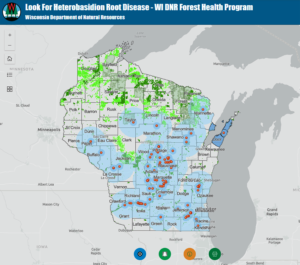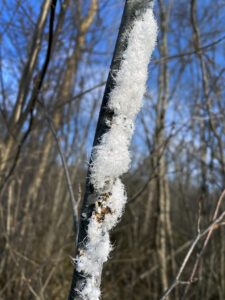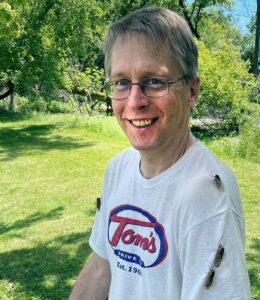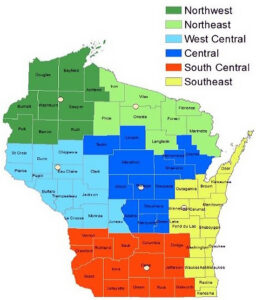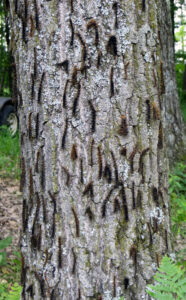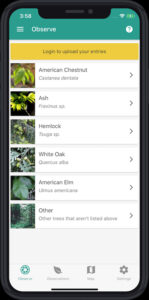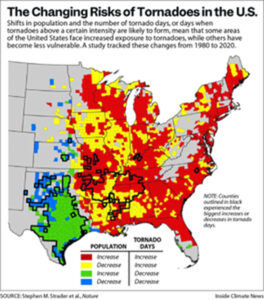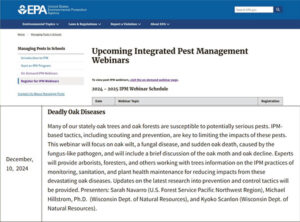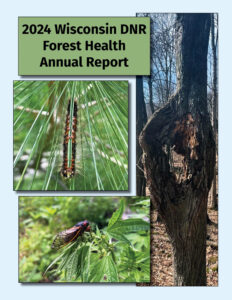
The cover of the Wisconsin Department of Natural Resources’ 2024 Forest Health Annual Report. / Graphic Credit: Wisconsin DNR
By Art Kabelowsky, DNR Outreach and Communications, Fitchburg
Arthur.Kabelowsky@wisconsin.gov or 608-335-0167
Hot off the digital presses, the Wisconsin Department of Natural Resources (DNR) has made its 2024 Forest Health Annual Report ready for review and download.
This year’s edition contains 58 pages of reporting on forest health issues throughout Wisconsin, detailing methods employed by the DNR and other agencies to control pests and diseases.
Continue reading “2024 Forest Health Annual Report Published”

